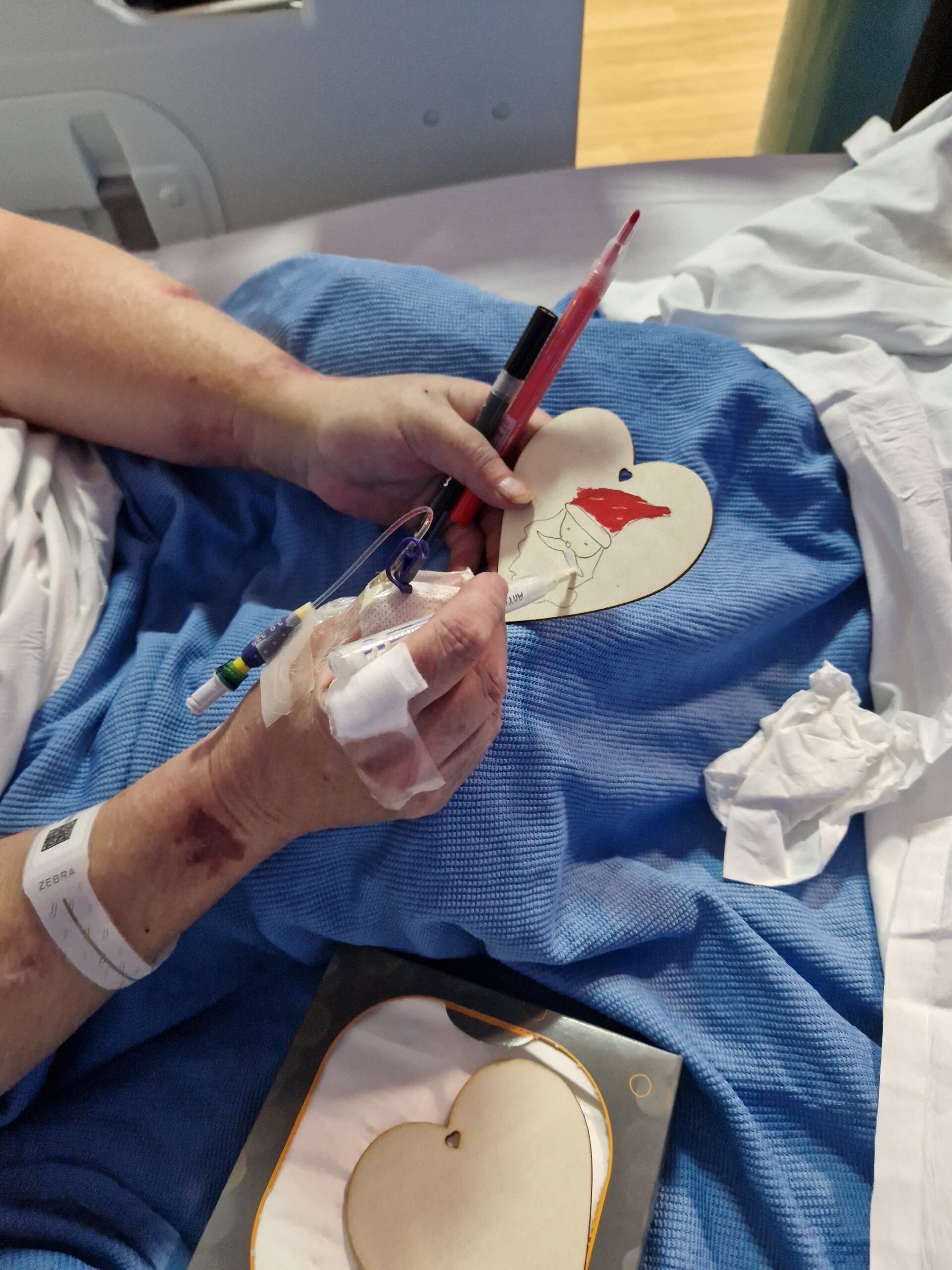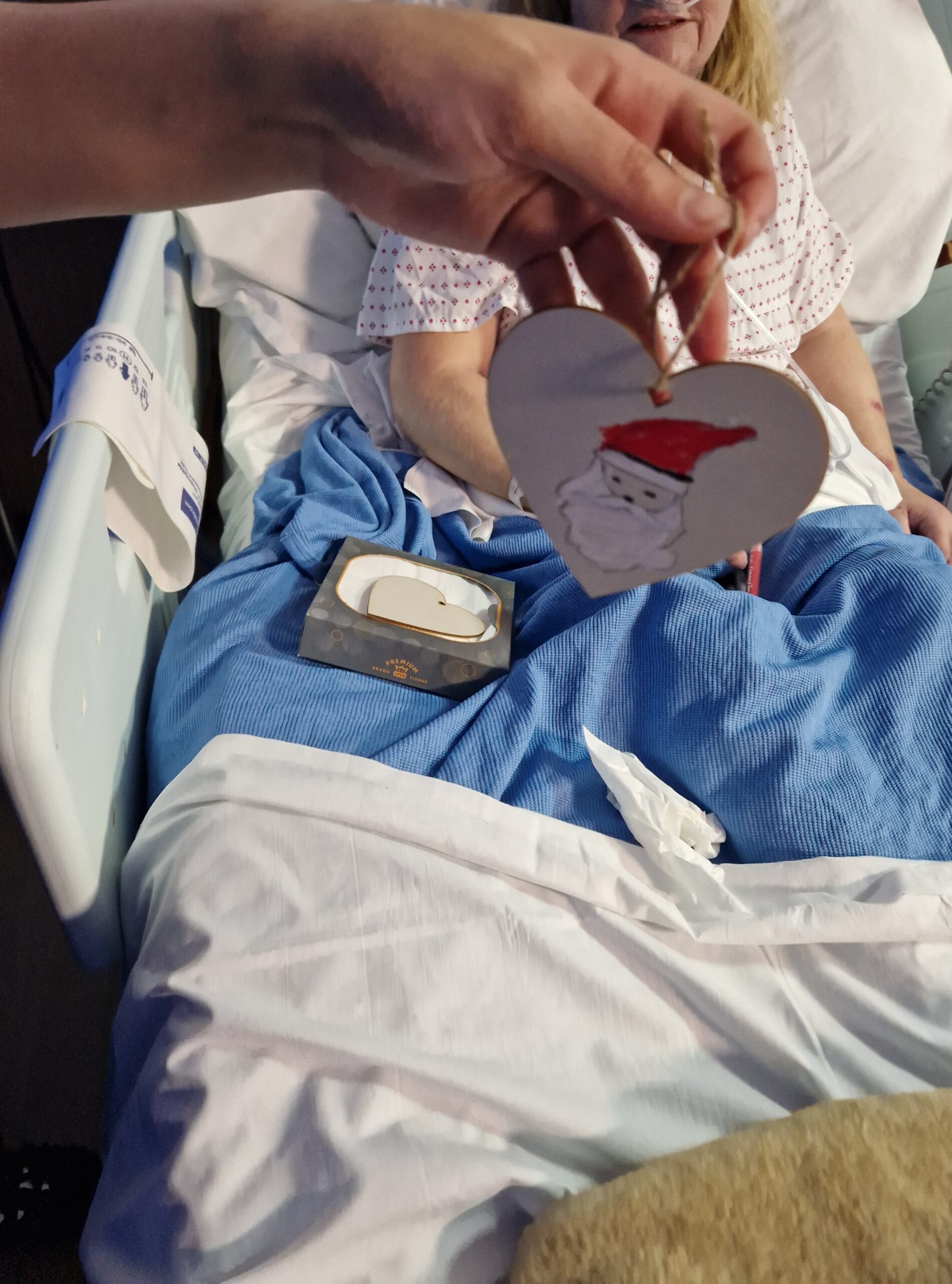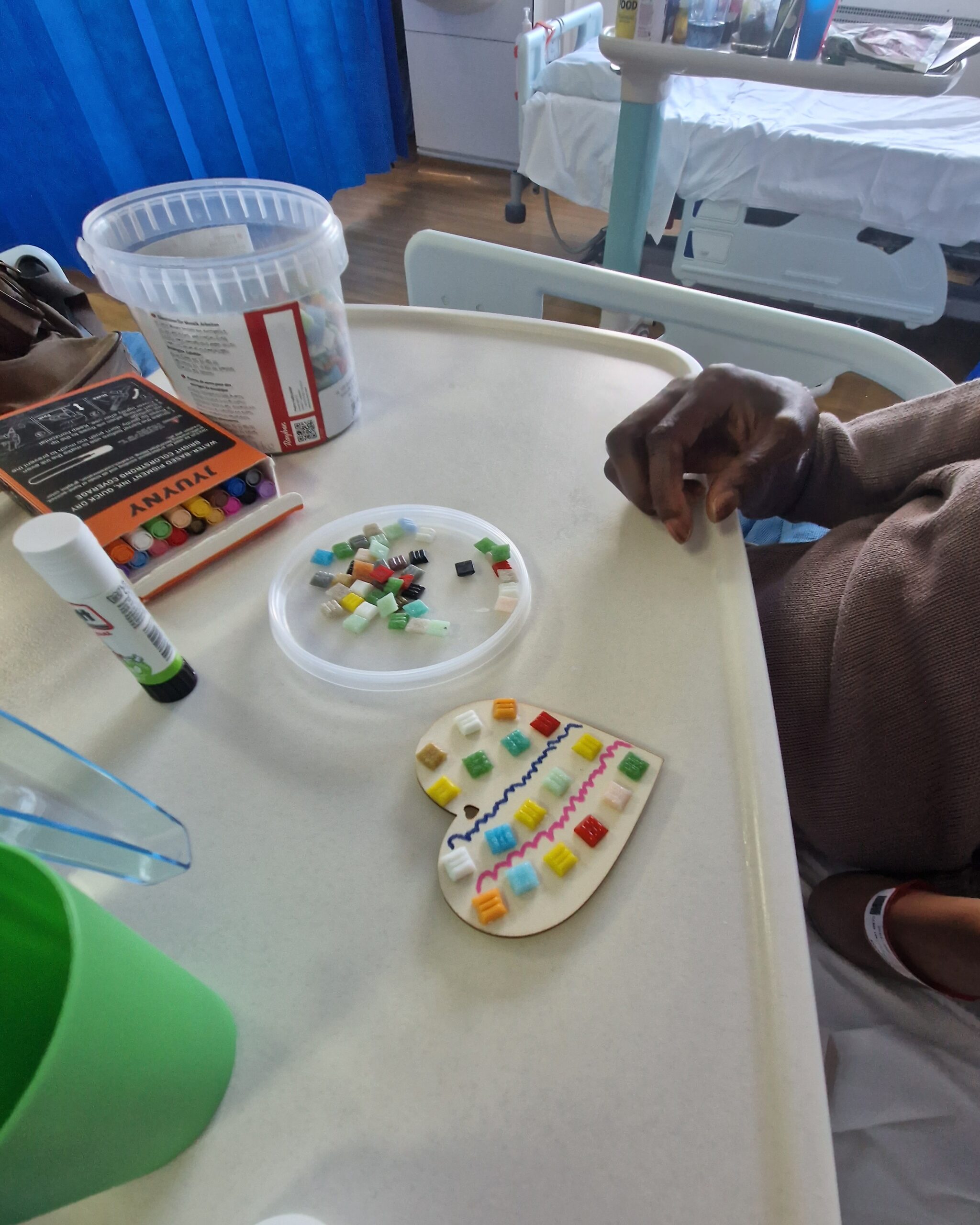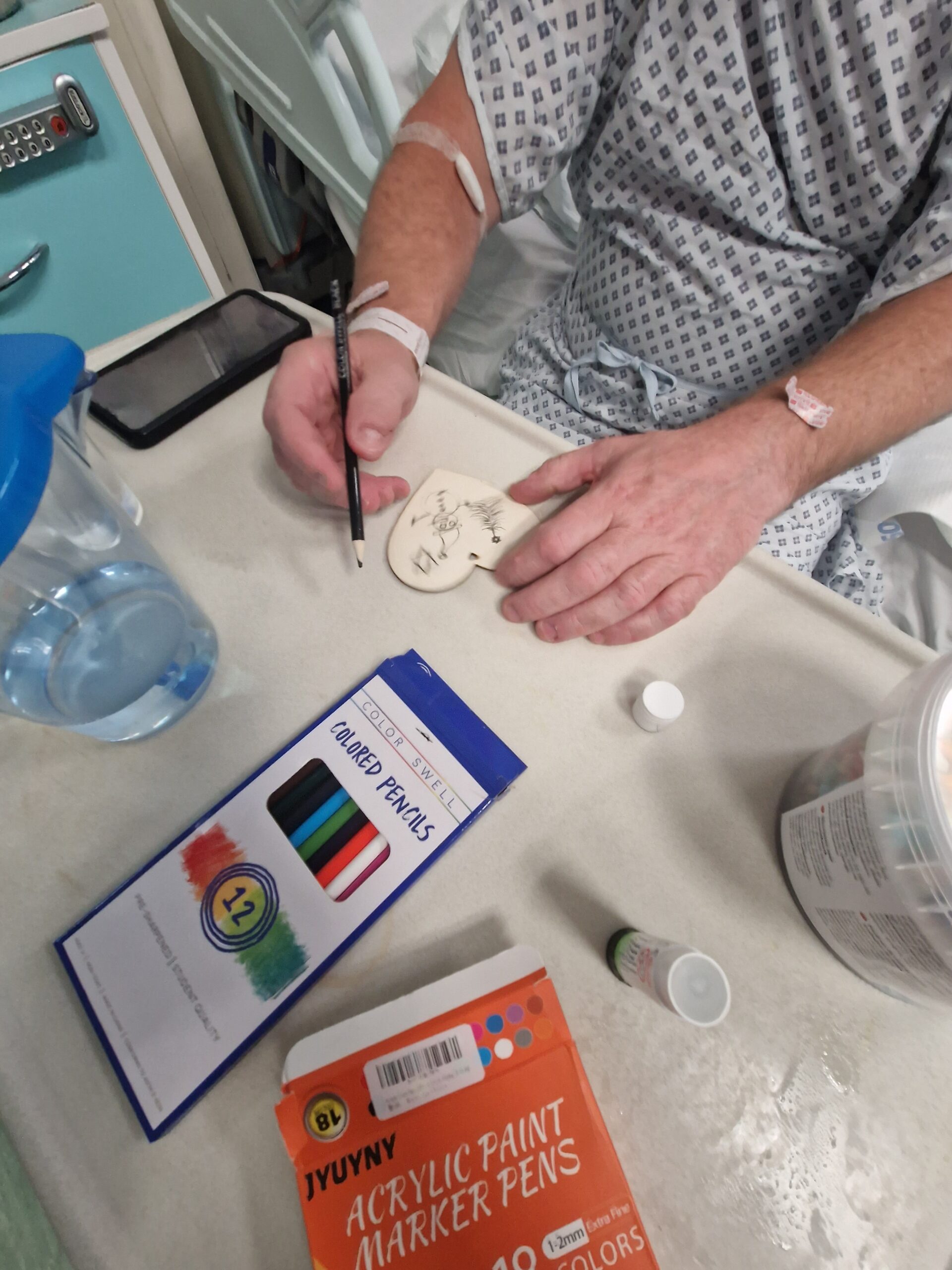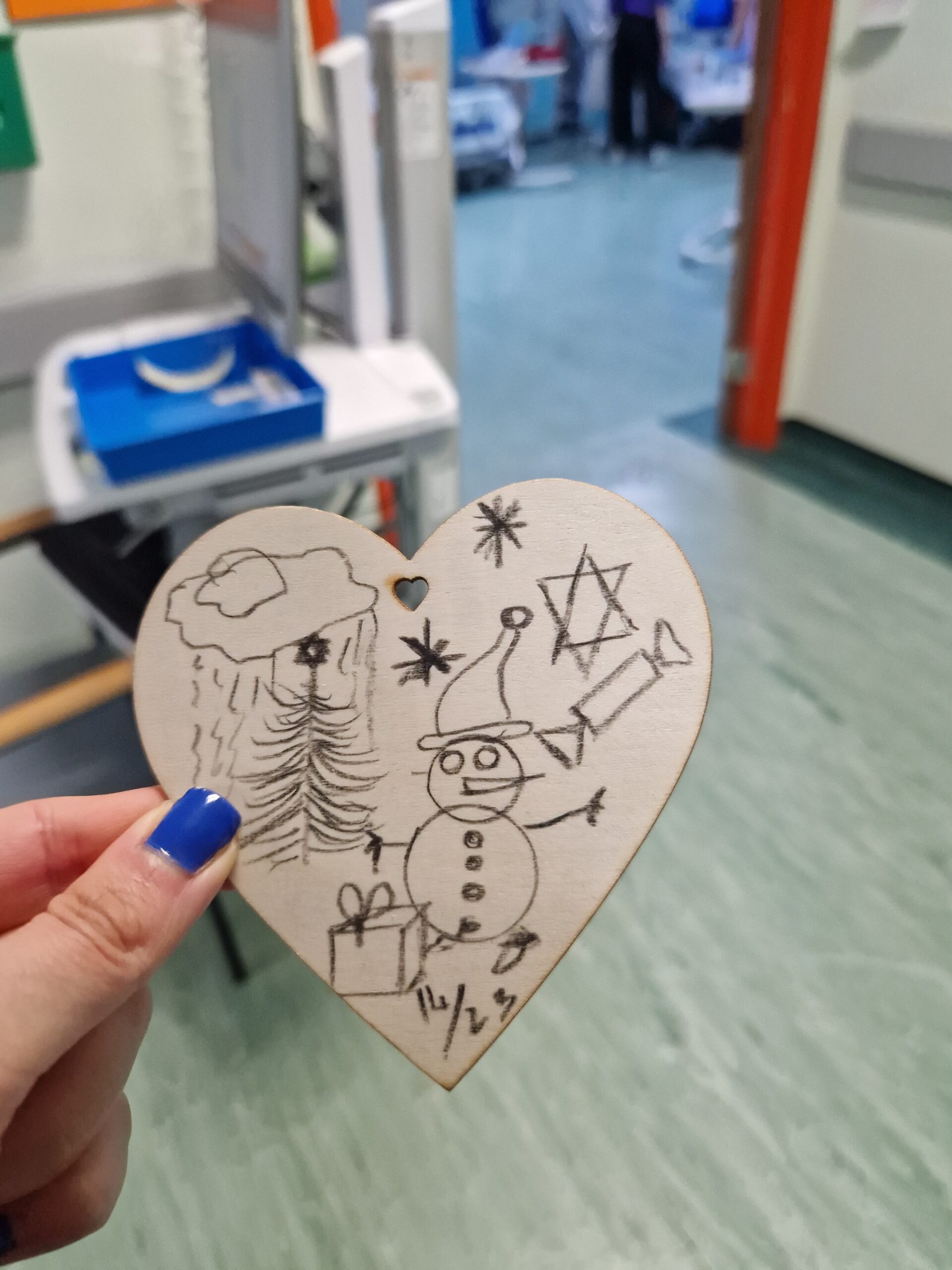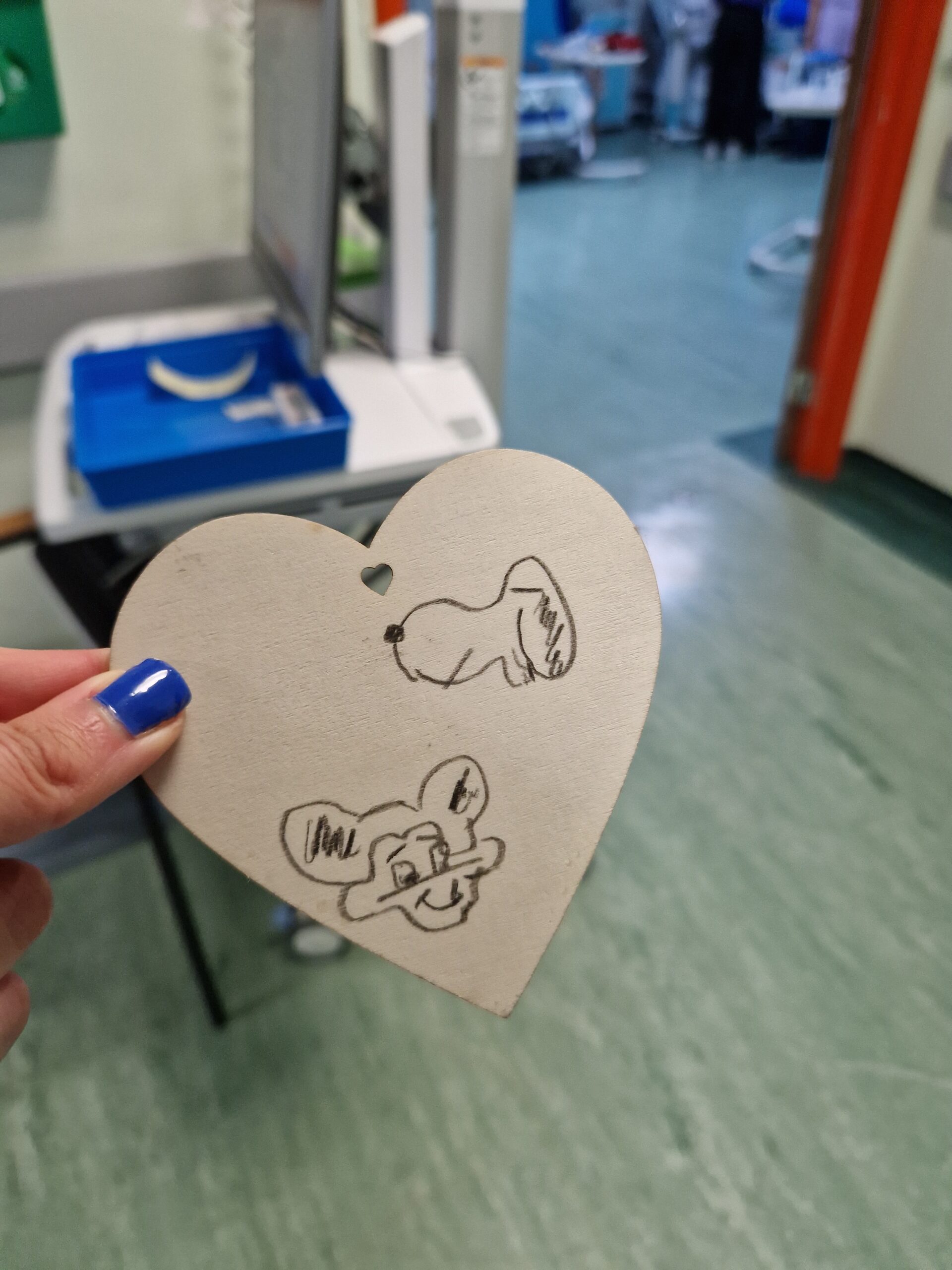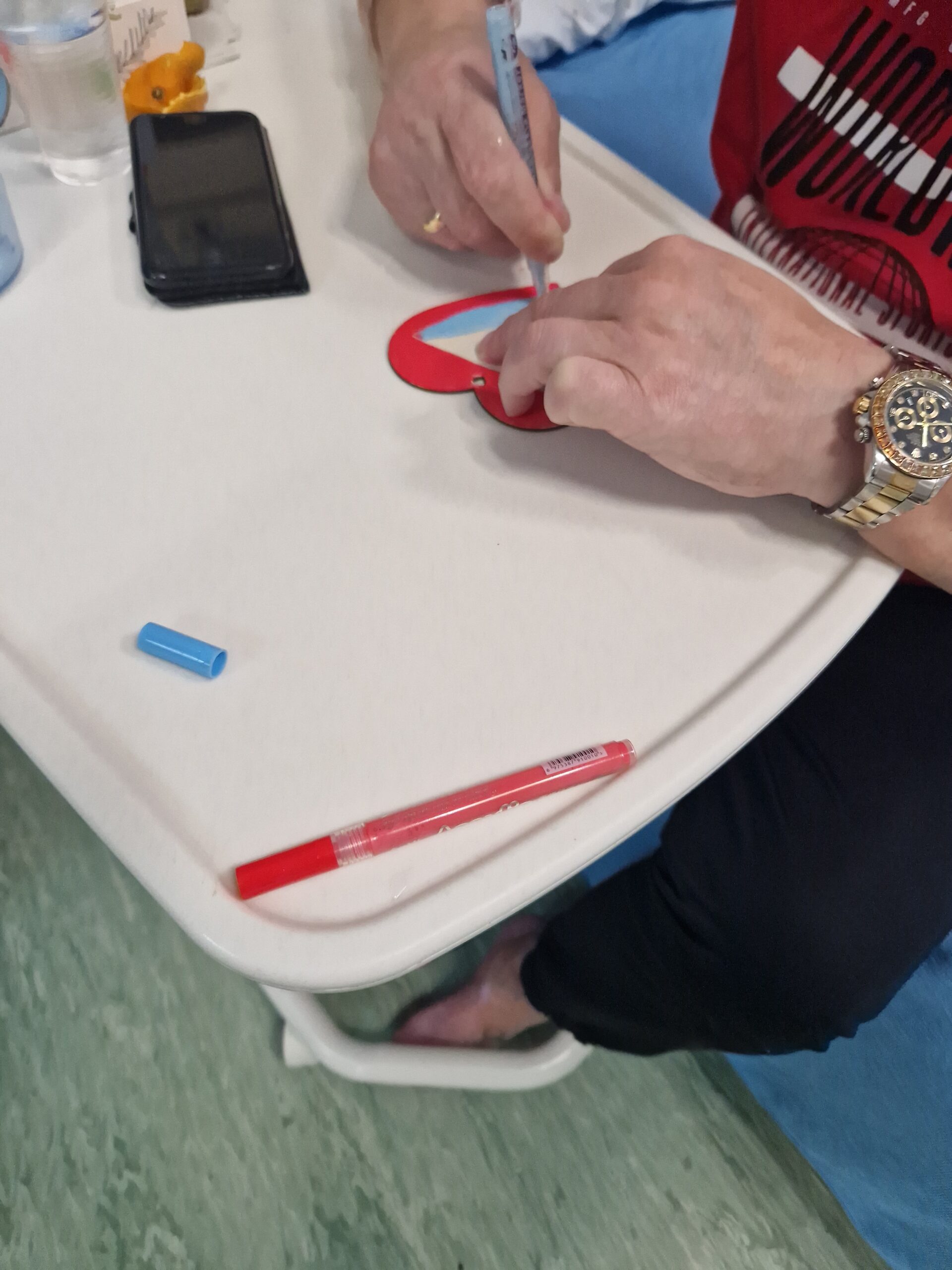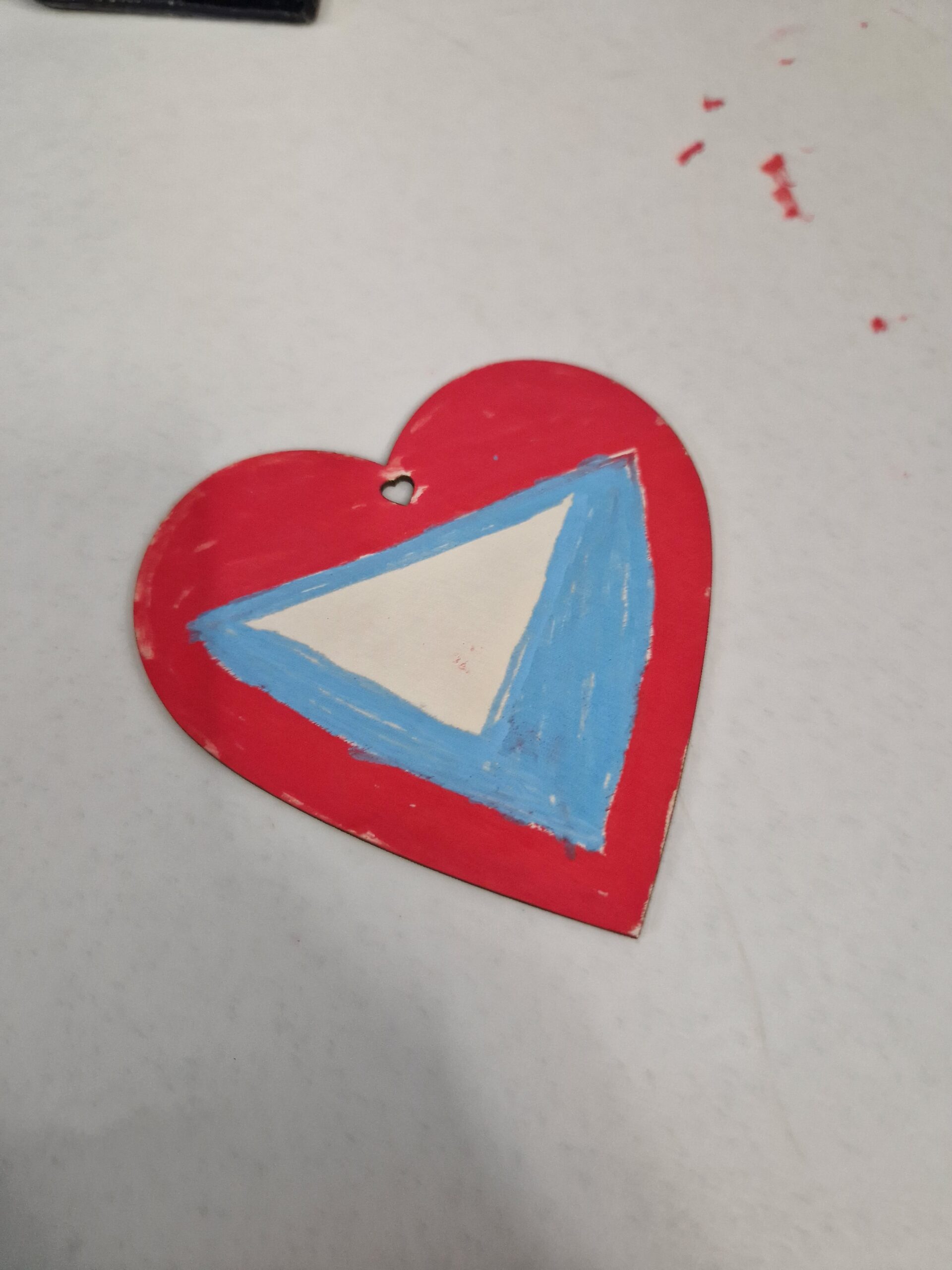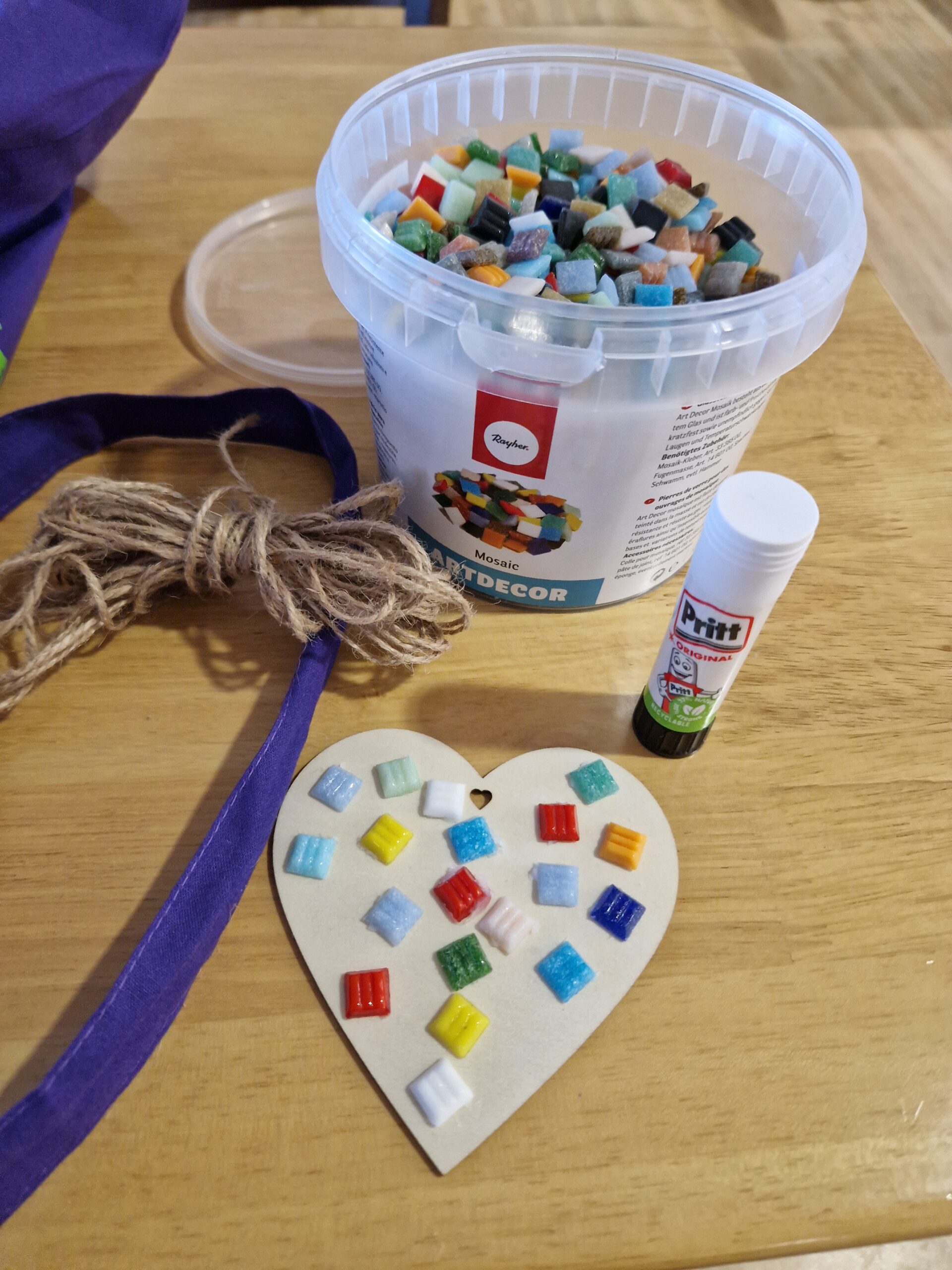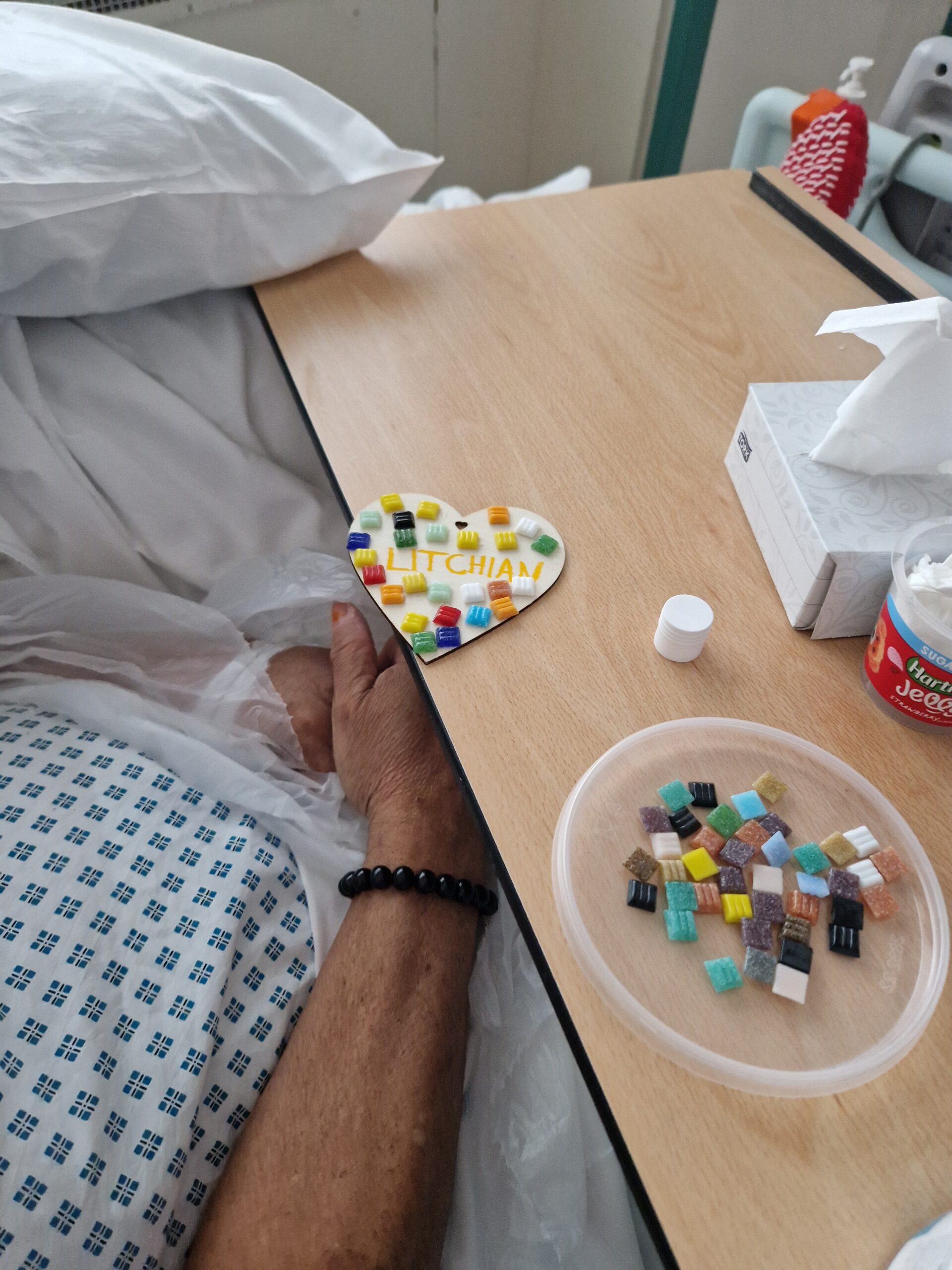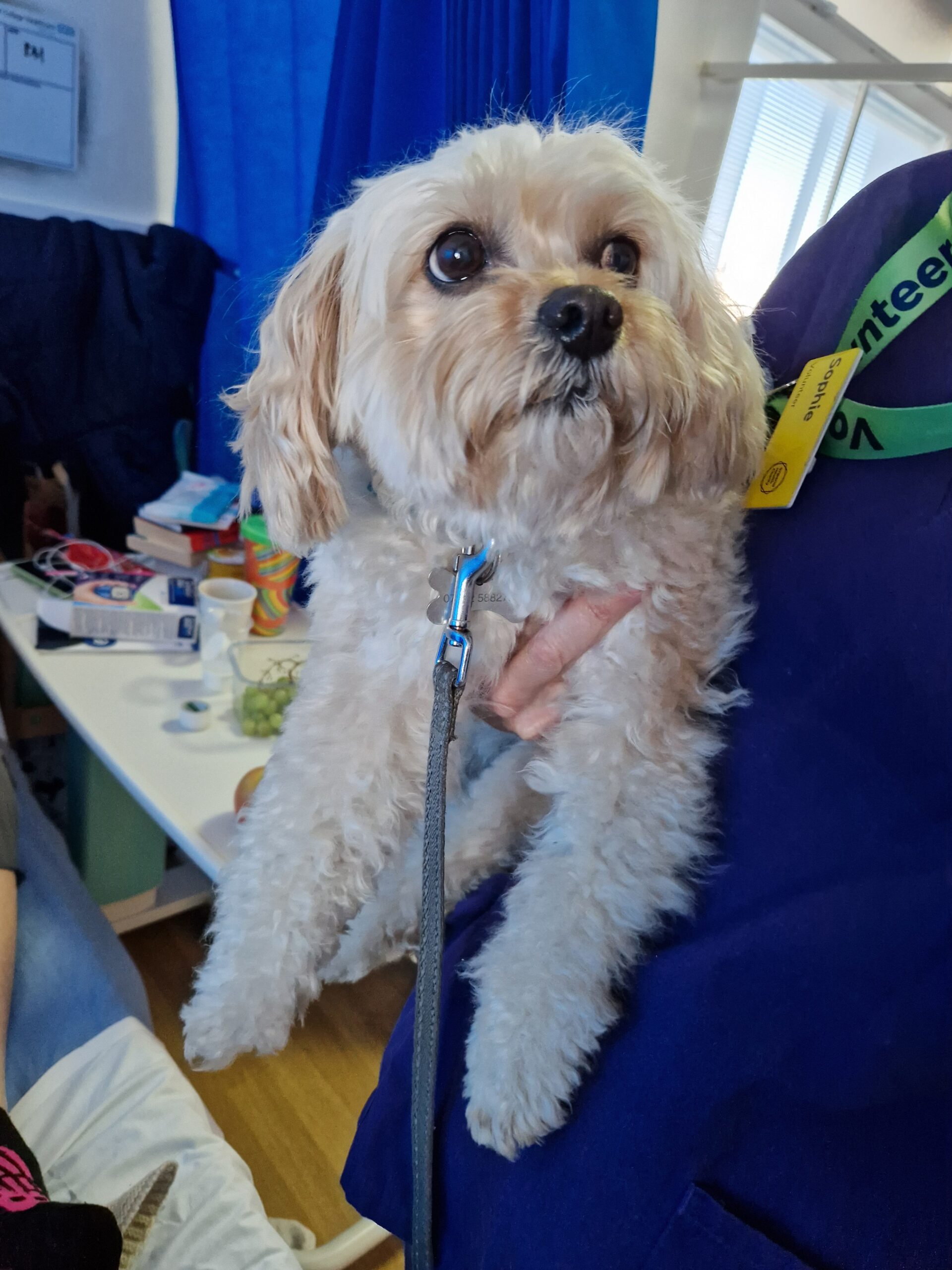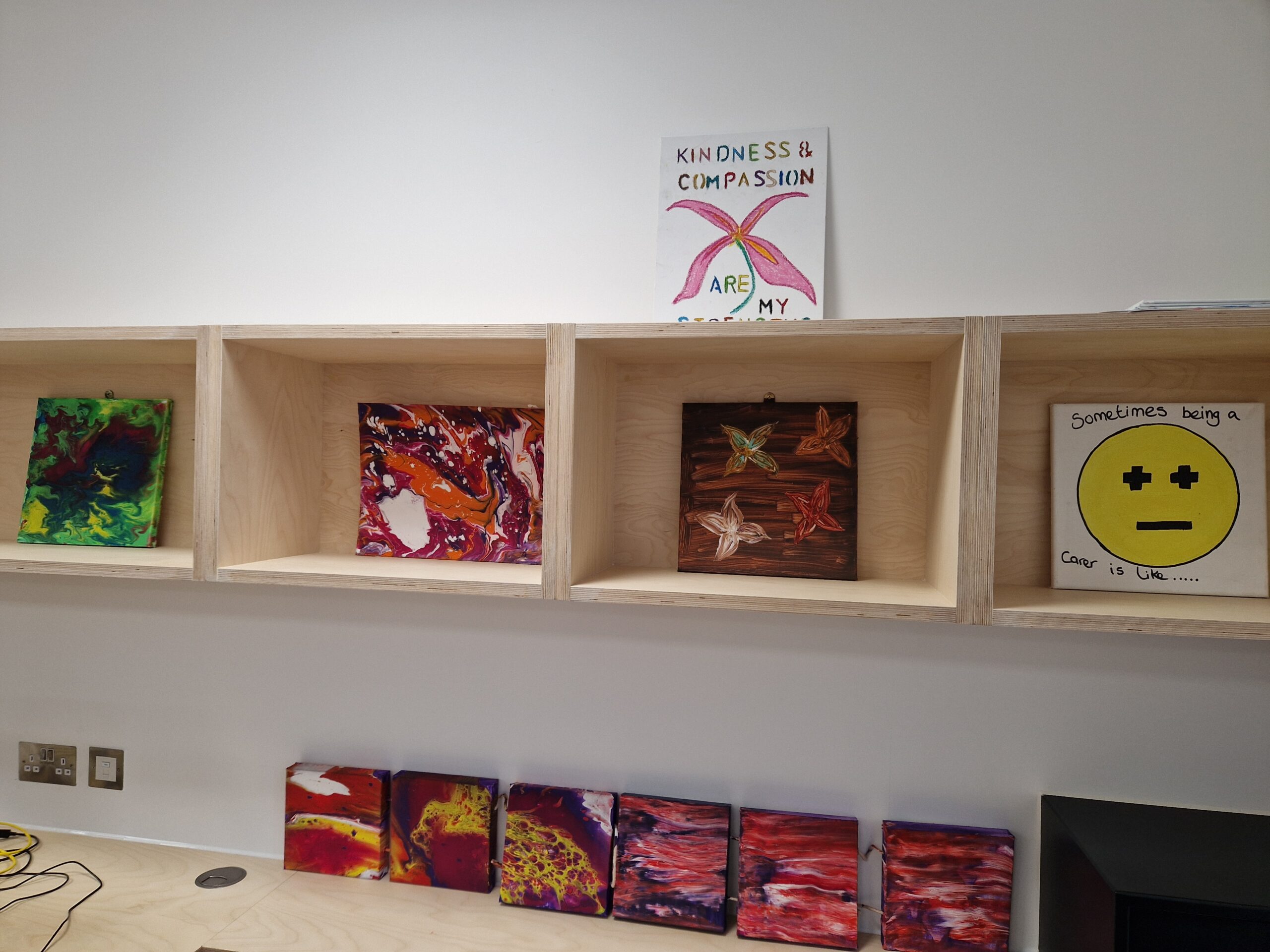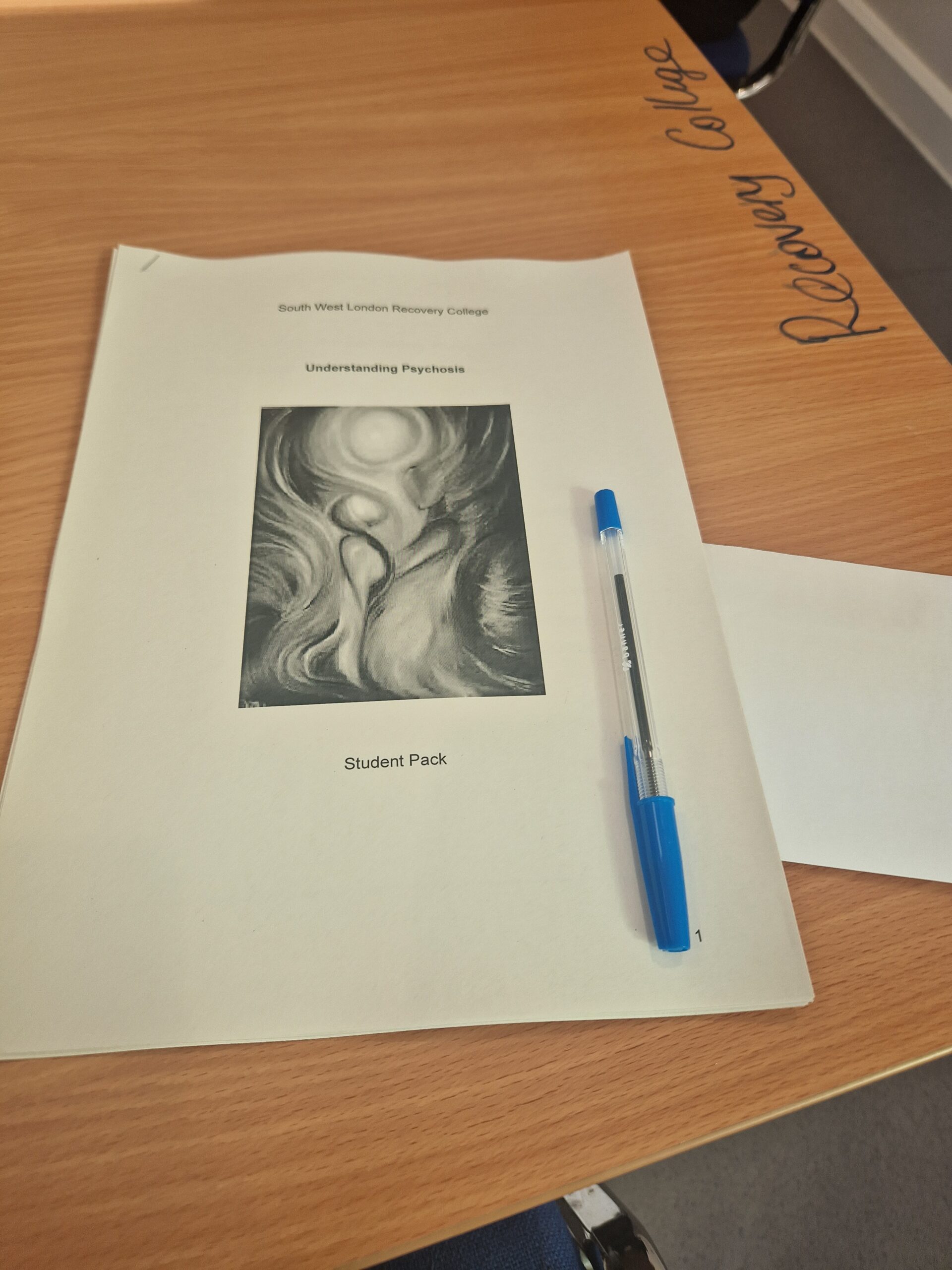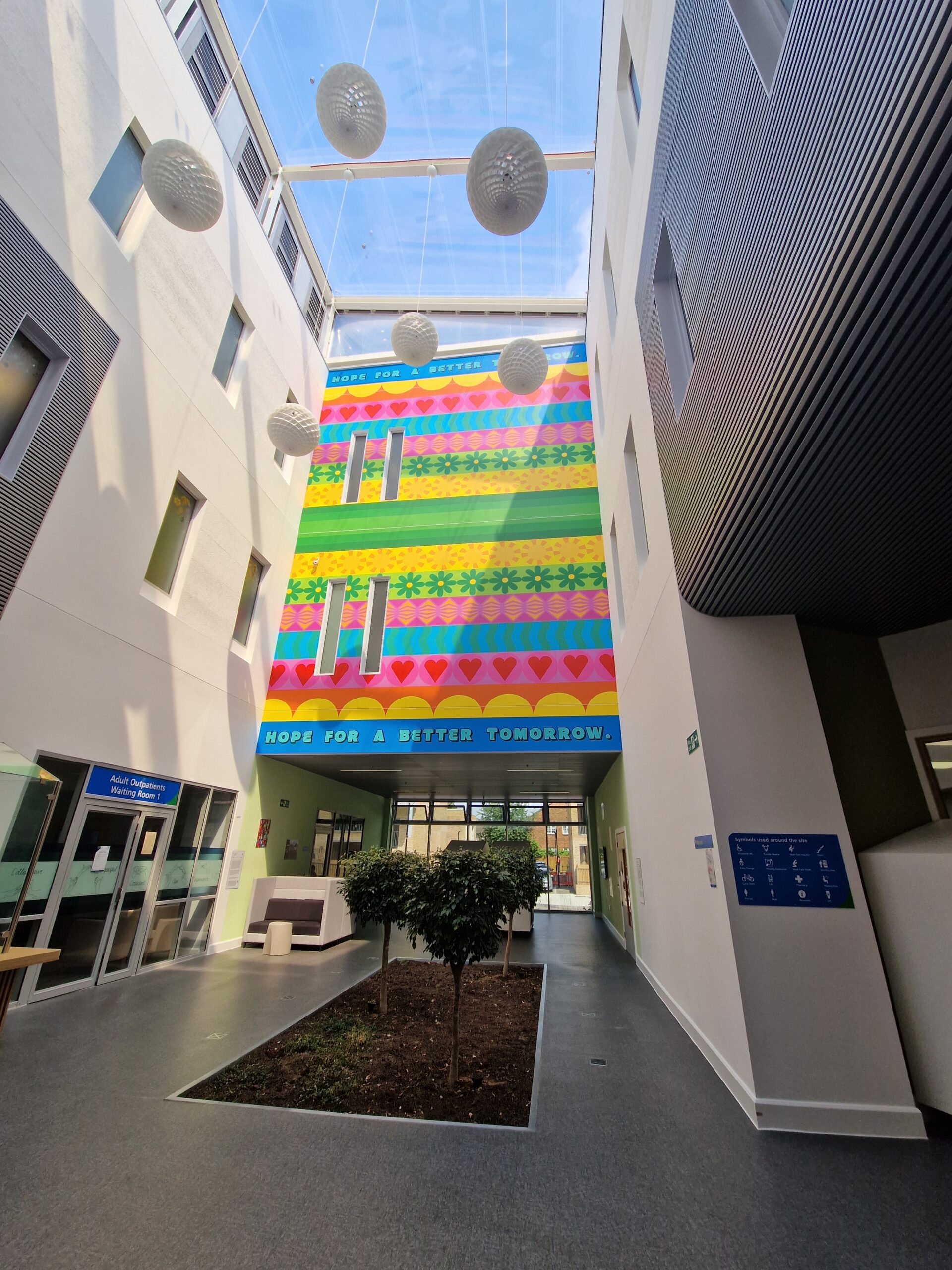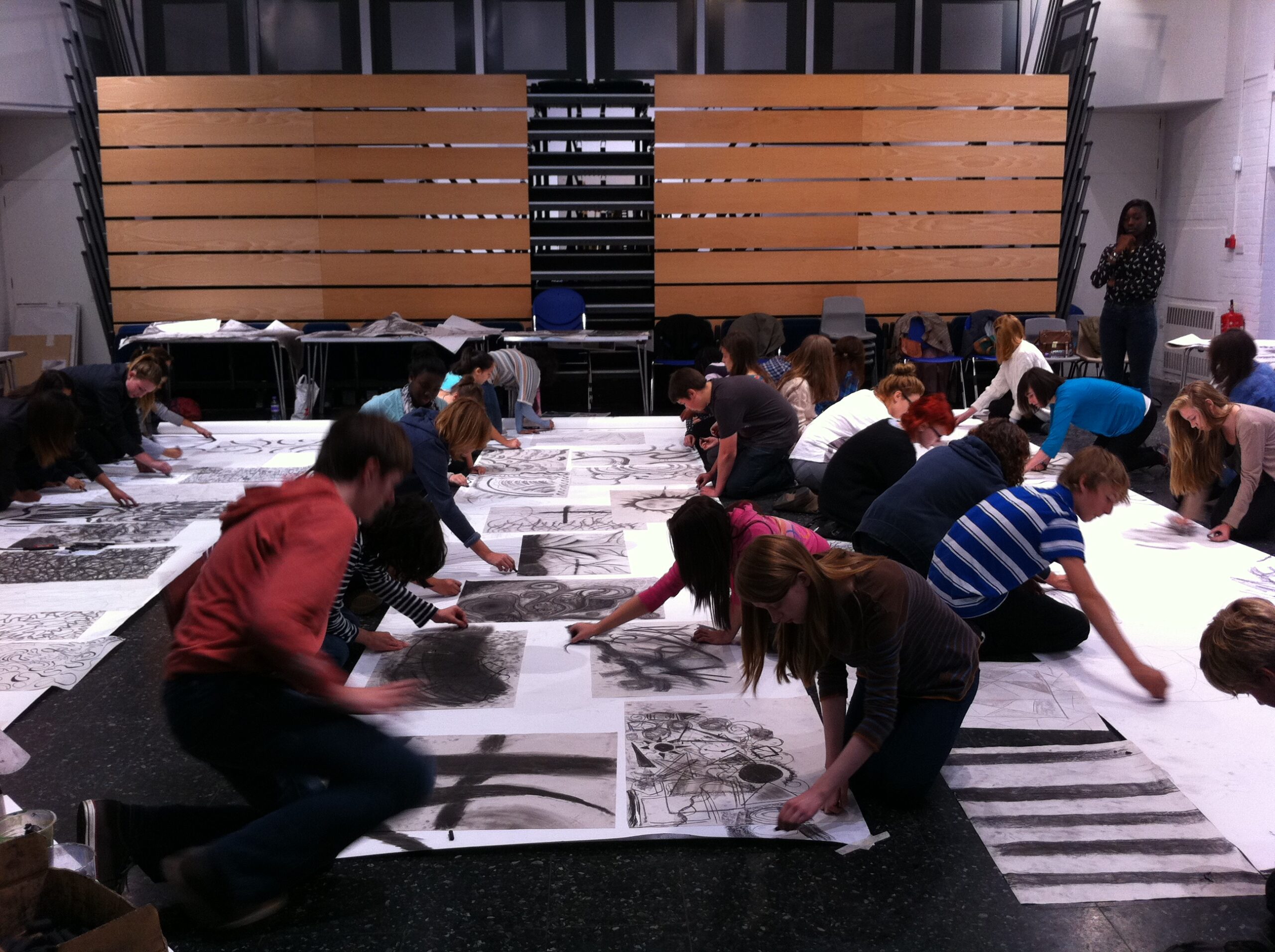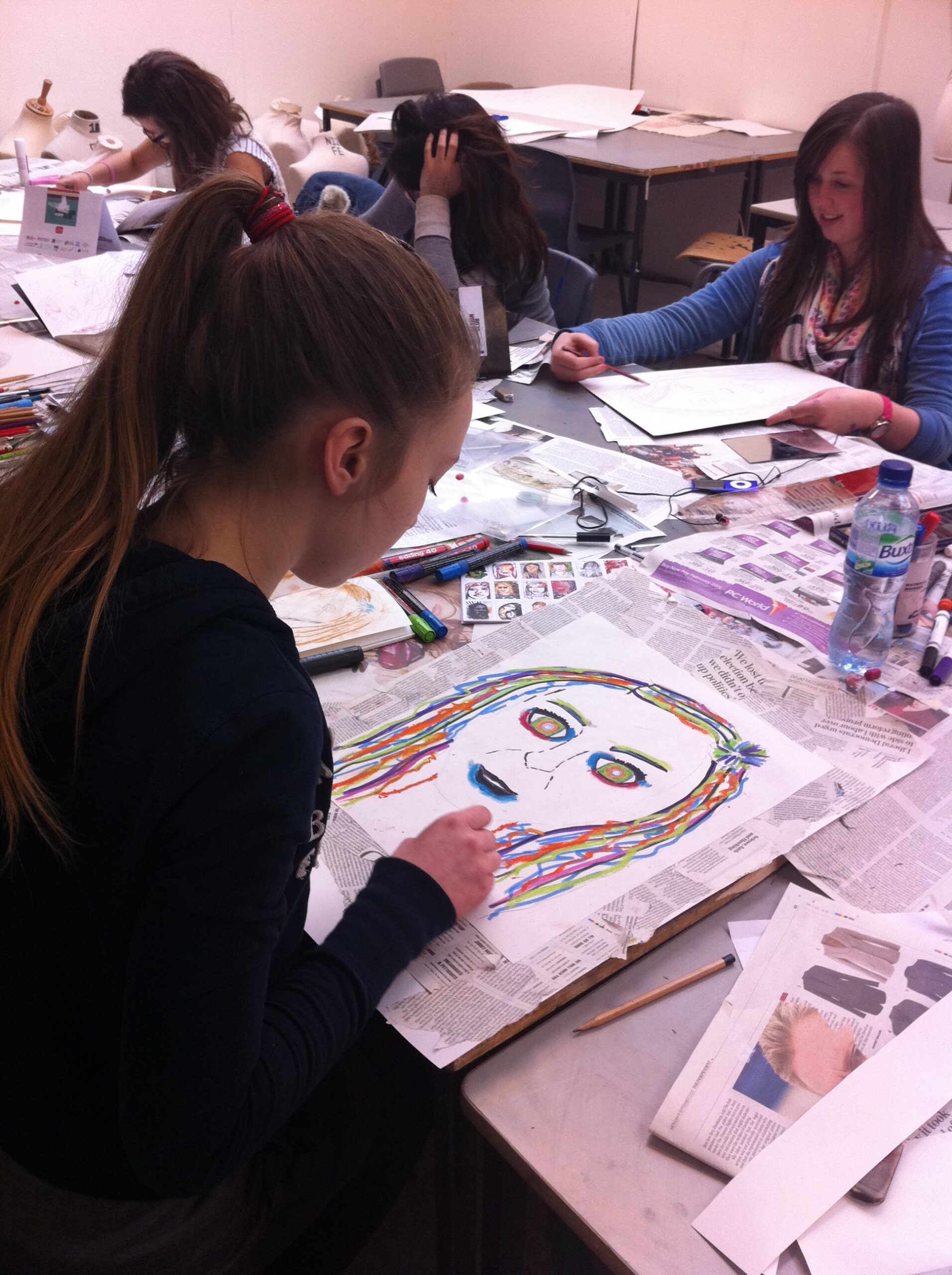Therapeutic arts with the NHS
In our ongoing collaboration with the NHS Imperial Health Charity since May 2023, we have actively engaged with various Charing Cross Hospital wards, conducting primary observations that shape our design healthcare research.
With our passion to integrate art, fashion, and design into healing and psychology, we have been directly involved with patients from Charing Cross Hospital. As a fashion and graphics designer, through the lifestylE, dodi’s commitment extends beyond personal attire to a new phase in collaboration with the Arts team at Imperial Health Charity. Through creative activities and therapeutic interventions, we are confident that our insights can significantly contribute to enhancing patient well-being through art, fashion, and psychotherapy.
The feedback on our initiatives has been heartening. The Imperial Health Charity’s support for our dedication to bringing meaningful art into hospitals, particularly in collaboration with the wards, inspires us. We aim to create ideas and initiatives that benefit patients and their families, leveraging the power of art to heal. We are working on establishing themes for patient artwork, leading to events, thus aligning them with our shared vision of fostering creativity and contributing to patients’ well-being. We are passionately committed to making art a meaningful, social, and therapeutic experience, ensuring patients engage with purpose rather than creating art for its own sake. We embarked on a journey to make a positive impact on individuals and communities in hospitals through the transformative potential of art, fashion, and design healthcare.

While some wards at NHS Hospitals offer art therapy sessions, we believe in unlocking the true potential by expanding the scope and transformation through individualised art therapy. Engaging in art activities, we have witnessed the positive impact of direct interaction with patients in major wards at Charing Cross Hospital and St George’s in London. Our journey is a profound exploration of utilising art not merely as decoration but as a powerful medium for self-discovery, expression, and healing.
NHS Imperial Health - Charing Cross Hospital
7 nortH
special surgery (major + minoR)
In our exploration of art in healthcare, we continued within the context of patients awaiting major or minor surgeries. This setting presented a unique set of challenges, and our observations emphasised the transformative role that art plays in alleviating the physical and emotional burdens carried by individuals in the throes of pain or anticipation.
In this surgical setting, the prospect of impending procedures can be anxiety-inducing, and patients often grapple with varying levels of discomfort. We have found that art activities serve as a powerful tool for these individuals, offering a therapeutic outlet to divert their attention from the pain and anxieties associated with surgery. The act of creating art becomes a form of distraction, providing patients with a means to channel their focus onto a positive and engaging task.
Moreover, for those facing the uncertainty of major or minor surgeries, the creative process becomes a source of solace, enabling patients to reclaim a sense of control in a situation where much feels beyond their influence. The adaptive nature of our art interventions in this surgical context underscores its potential to address both the physical and psychological dimensions of the patient experience, contributing to a more holistic approach to healthcare.
6 nortH
inpatient oncologY
Building on our experiences, our journey continued at 6 North, where we delved into the world of creative activities with patients facing the unique challenges of cancer diagnoses and treatments. The transformative power of art became even more evident as we explored therapeutic avenues beyond traditional arts and crafts. From the simple act of painting patients’ nails to offering genuine compliments on their appearance and playing their favourite music, these activities proved to be remarkably therapeutic.
Cancer patients often grapple with profound trauma stemming from their diagnosis and treatment. The emotional toll can manifest in a loss of self-confidence, and many find it difficult to accept the changes in their appearance. The struggle to feel “good enough” takes a toll on their mental and emotional well-being. It is in these moments that the healing potential of creative art activities becomes particularly pronounced. Engaging patients in activities that focus on personal grooming and positive affirmations provides a unique avenue for rebuilding self-esteem.
Through the lens of artistic expression, patients find solace and empowerment. Offering them a platform to reclaim a sense of control over their appearance, art and design activities become vital components of their journey towards self-acceptance. The therapeutic impact extends beyond the aesthetic realm, fostering a positive and supportive environment that contributes significantly to their overall well-being. The intersection of creativity, self-expression, and healing is a powerful force in helping patients navigate the emotional complexities of their cancer journey.
Marjory Warren
acute medical uniT
In our exploration of the therapeutic potential of art activities, this ward provided a unique context. Amid the urgency and uncertainty that often characterises the AMU, we observed how creative interventions became a crucial source of solace for patients grappling with pain or awaiting critical diagnoses.
In contrast to other settings, the AMU is a space marked by heightened tension, where patients confront the distressing unknowns of their medical conditions. Engaging in art activities proved to be a valuable outlet for those in pain, offering a momentary escape from physical discomfort and a means of channelling their emotions. For those in the waiting game of diagnoses or discharge, art became a bridge to pass the time constructively, providing a distraction from anxiety and a way to regain a semblance of control.
The transformative impact of art in the acute medical setting is multifaceted. It serves as a therapeutic tool for managing pain, a distraction during moments of uncertainty, and a means of fostering a sense of empowerment in the face of medical challenges. This observation underscores the adaptability of creative interventions across diverse healthcare scenarios, reaffirming the significance of integrating art into the broader spectrum of patient care.
9 soutH
acute stroke uniT
Embarking on our journey at the Acute Stroke Unit has not only been instrumental in fostering our confidence and connection with patients but has also deepened our understanding of the profound impact art can have on stroke recovery. The myriad challenges stroke patients face, ranging from confusion to paralysis and communication difficulties, necessitate innovative approaches to rehabilitation.
Drawing from dodi’s own experiences of navigating these challenges since the age of 14, we have come to appreciate the transformative power of art, design, and fashion in the recovery process. Recognising the pivotal role these creative outlets played in her own journey, dodi has dedicated herself to tailoring art activities for each patient with a keen awareness of their unique needs. Utilising the counselling skills she has honed over the years, coupled with her acquired qualifications, we assist patients in expressing their emotions through artistic endeavours.
The incorporation of personalised art activities not only addresses the physical aspects of stroke recovery but also serves as a conduit for emotional expression and motivation. This holistic approach, rooted in dodi’s first-hand understanding of the challenges, enables us to guide patients on a meaningful and therapeutic artistic journey, fostering their recovery and enhancing their overall well-being.
St George's University Hospitals NHS Foundation Trust
dog therapY
hyper acute stroke uniT
Spending a mere 10 minutes in the company of a dog has been found to elevate oxytocin levels and reduce cortisol levels in the bloodstream. Cortisol, a hormone associated with stress, decreases, while oxytocin, a hormone linked to social bonding, increases. The impact of this interaction extends beyond the physiological, reaching into the realm of communication skills and personal confidence.
In our context, some individuals sought to enhance their communication skills by engaging with therapy dogs, while others aimed to build confidence, particularly in walking their own dogs at home. Importantly, each patient has the autonomy to establish their own objectives..
Consistently, stroke survivors report a positive influence from their regular encounters with therapy dogs, emphasizing the tangible difference it makes in their recovery journey. The therapeutic benefits of these interactions extend beyond the immediate physiological responses, contributing to improved communication skills, boosted confidence, and an overall positive impact on the recovery process.
NHS SWLSTG Mental Health
the recovery collegE
Embarking on the path of recovery is an intensely personal journey that takes on diverse meanings for different individuals. By observing and participating with the trainers and students, we have witnessed how the college excels at nurturing this journey by embodying the tenets of recovery, always initiated by a glimmer of hope. The transformative process entails making sense of and finding meaning in one’s experiences, evolving into an authority on self-care, constructing a renewed sense of self and purpose, and uncovering innate resourcefulness.
In our philosophical observations of the Recovery College, it has emerged as more than an educational institution – it has become a sanctuary, a communal space fostering growth and resilience. Within its walls, we have seen the emergence of a supportive community, a haven where individuals embark on the intricate process of rebuilding satisfying, hopeful, and contributing lives.
Attending classes in the Recovery College, we explored diverse realms such as understanding and managing depression, grappling with the intricacies of psychosis, delving into mindfulness and resilience practices, and refining effective communication through assertiveness. Each class contributed uniquely to our holistic understanding of the recovery journey, providing insights and tools essential for navigating the complexities of mental health and well-being.
Integrating arts with mental health in children and adolescent development
Rooted in a profound journey of personal growth and transformation, dodi has been undertaking mental health training along with teaching art & design. Years of therapeutic exploration and self-awareness have shaped her understanding of the intricacies of mental health. Counselling and artistic expression played pivotal roles in her own healing, enabling dodi to confront and overcome traumas while fostering the confidence to reinvent herself.
This philosophical underpinning propels our desire to extend support to others. We envision a path where individuals can articulate their emotions and navigate their internal landscapes through drugless therapeutic modalities such as talking therapy, art, and psychotherapy. Empowered by dodi’s own experiences, we are committed to facilitating spaces where individuals can explore, express, and ultimately design the lives they aspire to lead. The course served as a means to formalise and deepen our understanding, reinforcing our dedication to guiding others on their unique journeys of self-discovery and emotional well-being.

student self-awareness + confidencE
from school to universitY
creative psychosocial supporT
dodi’s journey in art and design education spans a continuum, from teaching and inspiring young school students to mentoring budding designers at the university level, with a focus on elevating their self-awareness and confidence. From 2010 to 2014, she contributed to the Sorrell Foundation Saturday Arts Club at the University for the Creative Arts, where she had the privilege of teaching and nurturing the creativity of young minds.
After gaining valuable industry experience as designers, she returned to the University for the Creative Arts to pursue teaching qualification. In this capacity, dodi taught Visual Communication and Graphic Design on the Foundation course, imparting both technical skills and a sense of creative confidence to the students.
MOBILE

Therapeutic arts with the NHS
In our ongoing collaboration with the NHS Imperial Health Charity since May 2023, we have actively engaged with various Charing Cross Hospital wards, conducting primary observations that shape our design healthcare research.
With our passion to integrate art, fashion, and design into healing and psychology, we have been directly involved with patients from Charing Cross Hospital. As a fashion and graphics designer, through the lifestylE, dodi’s commitment extends beyond personal attire to a new phase in collaboration with the Arts team at Imperial Health Charity. Through creative activities and therapeutic interventions, we are confident that our insights can significantly contribute to enhancing patient well-being through art, fashion, and psychotherapy.
The feedback on our initiatives has been heartening. The Imperial Health Charity’s support for our dedication to bringing meaningful art into hospitals, particularly in collaboration with the wards, inspires us. We aim to create ideas and initiatives that benefit patients and their families, leveraging the power of art to heal. We are working on establishing themes for patient artwork, leading to events, thus aligning them with our shared vision of fostering creativity and contributing to patients’ well-being. We are passionately committed to making art a meaningful, social, and therapeutic experience, ensuring patients engage with purpose rather than creating art for its own sake. We embarked on a journey to make a positive impact on individuals and communities in hospitals through the transformative potential of art, fashion, and design healthcare.
While some wards at NHS Hospitals offer art therapy sessions, we believe in unlocking the true potential by expanding the scope and transformation through individualised art therapy. Engaging in art activities, we have witnessed the positive impact of direct interaction with patients in major wards at Charing Cross Hospital and St George’s in London. Our journey is a profound exploration of utilising art not merely as decoration but as a powerful medium for self-discovery, expression, and healing.
NHS Imperial Health - Charing Cross Hospital
7 nortH
special surgery (major + minoR)
In our exploration of art in healthcare, we continued within the context of patients awaiting major or minor surgeries. This setting presented a unique set of challenges, and our observations emphasised the transformative role that art plays in alleviating the physical and emotional burdens carried by individuals in the throes of pain or anticipation.
In this surgical setting, the prospect of impending procedures can be anxiety-inducing, and patients often grapple with varying levels of discomfort. We have found that art activities serve as a powerful tool for these individuals, offering a therapeutic outlet to divert their attention from the pain and anxieties associated with surgery. The act of creating art becomes a form of distraction, providing patients with a means to channel their focus onto a positive and engaging task.
Moreover, for those facing the uncertainty of major or minor surgeries, the creative process becomes a source of solace, enabling patients to reclaim a sense of control in a situation where much feels beyond their influence. The adaptive nature of our art interventions in this surgical context underscores its potential to address both the physical and psychological dimensions of the patient experience, contributing to a more holistic approach to healthcare.
6 nortH
inpatient oncologY
Building on our experiences, our journey continued at 6 North, where we delved into the world of creative activities with patients facing the unique challenges of cancer diagnoses and treatments. The transformative power of art became even more evident as we explored therapeutic avenues beyond traditional arts and crafts. From the simple act of painting patients’ nails to offering genuine compliments on their appearance and playing their favourite music, these activities proved to be remarkably therapeutic.
Cancer patients often grapple with profound trauma stemming from their diagnosis and treatment. The emotional toll can manifest in a loss of self-confidence, and many find it difficult to accept the changes in their appearance. The struggle to feel “good enough” takes a toll on their mental and emotional well-being. It is in these moments that the healing potential of creative art activities becomes particularly pronounced. Engaging patients in activities that focus on personal grooming and positive affirmations provides a unique avenue for rebuilding self-esteem.
Through the lens of artistic expression, patients find solace and empowerment. Offering them a platform to reclaim a sense of control over their appearance, art and design activities become vital components of their journey towards self-acceptance. The therapeutic impact extends beyond the aesthetic realm, fostering a positive and supportive environment that contributes significantly to their overall well-being. The intersection of creativity, self-expression, and healing is a powerful force in helping patients navigate the emotional complexities of their cancer journey.
Marjory Warren
acute medical uniT
In our exploration of the therapeutic potential of art activities, this ward provided a unique context. Amid the urgency and uncertainty that often characterises the AMU, we observed how creative interventions became a crucial source of solace for patients grappling with pain or awaiting critical diagnoses.
In contrast to other settings, the AMU is a space marked by heightened tension, where patients confront the distressing unknowns of their medical conditions. Engaging in art activities proved to be a valuable outlet for those in pain, offering a momentary escape from physical discomfort and a means of channelling their emotions. For those in the waiting game of diagnoses or discharge, art became a bridge to pass the time constructively, providing a distraction from anxiety and a way to regain a semblance of control.
The transformative impact of art in the acute medical setting is multifaceted. It serves as a therapeutic tool for managing pain, a distraction during moments of uncertainty, and a means of fostering a sense of empowerment in the face of medical challenges. This observation underscores the adaptability of creative interventions across diverse healthcare scenarios, reaffirming the significance of integrating art into the broader spectrum of patient care.
9 soutH
acute stroke uniT
Embarking on our journey at the Acute Stroke Unit has not only been instrumental in fostering our confidence and connection with patients but has also deepened our understanding of the profound impact art can have on stroke recovery. The myriad challenges stroke patients face, ranging from confusion to paralysis and communication difficulties, necessitate innovative approaches to rehabilitation.
Drawing from dodi’s own experiences of navigating these challenges since the age of 14, we have come to appreciate the transformative power of art, design, and fashion in the recovery process. Recognising the pivotal role these creative outlets played in her own journey, dodi has dedicated herself to tailoring art activities for each patient with a keen awareness of their unique needs. Utilising the counselling skills she has honed over the years, coupled with her acquired qualifications, we assist patients in expressing their emotions through artistic endeavours.
The incorporation of personalised art activities not only addresses the physical aspects of stroke recovery but also serves as a conduit for emotional expression and motivation. This holistic approach, rooted in dodi’s first-hand understanding of the challenges, enables us to guide patients on a meaningful and therapeutic artistic journey, fostering their recovery and enhancing their overall well-being.
St George's University Hospitals NHS Foundation Trust
dog therapY
hyper acute stroke uniT
Spending a mere 10 minutes in the company of a dog has been found to elevate oxytocin levels and reduce cortisol levels in the bloodstream. Cortisol, a hormone associated with stress, decreases, while oxytocin, a hormone linked to social bonding, increases. The impact of this interaction extends beyond the physiological, reaching into the realm of communication skills and personal confidence.
In our context, some individuals sought to enhance their communication skills by engaging with therapy dogs, while others aimed to build confidence, particularly in walking their own dogs at home. Importantly, each patient has the autonomy to establish their own objectives.
Consistently, stroke survivors report a positive influence from their regular encounters with therapy dogs, emphasizing the tangible difference it makes in their recovery journey. The therapeutic benefits of these interactions extend beyond the immediate physiological responses, contributing to improved communication skills, boosted confidence, and an overall positive impact on the recovery process.
NHS SWLSTG Mental Health
the recovery collegE
Embarking on the path of recovery is an intensely personal journey that takes on diverse meanings for different individuals. By observing and participating with the trainers and students, we have witnessed how the college excels at nurturing this journey by embodying the tenets of recovery, always initiated by a glimmer of hope. The transformative process entails making sense of and finding meaning in one’s experiences, evolving into an authority on self-care, constructing a renewed sense of self and purpose, and uncovering innate resourcefulness.
In our philosophical observations of the Recovery College, it has emerged as more than an educational institution – it has become a sanctuary, a communal space fostering growth and resilience. Within its walls, we have seen the emergence of a supportive community, a haven where individuals embark on the intricate process of rebuilding satisfying, hopeful, and contributing lives.
Attending classes in the Recovery College, we explored diverse realms such as understanding and managing depression, grappling with the intricacies of psychosis, delving into mindfulness and resilience practices, and refining effective communication through assertiveness. Each class contributed uniquely to our holistic understanding of the recovery journey, providing insights and tools essential for navigating the complexities of mental health and well-being.

Integrating arts with mental health in children and adolescent development
Rooted in a profound journey of personal growth and transformation, dodi has been undertaking mental health training along with teaching art & design. Years of therapeutic exploration and self-awareness have shaped her understanding of the intricacies of mental health. Counselling and artistic expression played pivotal roles in her own healing, enabling dodi to confront and overcome traumas while fostering the confidence to reinvent herself.
This philosophical underpinning propels our desire to extend support to others. We envision a path where individuals can articulate their emotions and navigate their internal landscapes through drugless therapeutic modalities such as talking therapy, art, and psychotherapy. Empowered by dodi’s own experiences, we are committed to facilitating spaces where individuals can explore, express, and ultimately design the lives they aspire to lead. The course served as a means to formalise and deepen our understanding, reinforcing our dedication to guiding others on their unique journeys of self-discovery and emotional well-being.
student self-awareness + confidencE
from school to universitY
creative psychosocial supporT
dodi’s journey in art and design education spans a continuum, from teaching and inspiring young school students to mentoring budding designers at the university level, with a focus on elevating their self-awareness and confidence. From 2010 to 2014, she contributed to the Sorrell Foundation Saturday Arts Club at the University for the Creative Arts, where she had the privilege of teaching and nurturing the creativity of young minds.
After gaining valuable industry experience as designers, she returned to the University for the Creative Arts to pursue teaching qualification. In this capacity, dodi taught Visual Communication and Graphic Design on the Foundation course, imparting both technical skills and a sense of creative confidence to the students.
TABLET

Therapeutic arts with the NHS
In our ongoing collaboration with the NHS Imperial Health Charity since May 2023, we have actively engaged with various Charing Cross Hospital wards, conducting primary observations that shape our design healthcare research.
With our passion to integrate art, fashion, and design into healing and psychology, we have been directly involved with patients from Charing Cross Hospital. As a fashion and graphics designer, through the lifestylE, dodi’s commitment extends beyond personal attire to a new phase in collaboration with the Arts team at Imperial Health Charity. Through creative activities and therapeutic interventions, we are confident that our insights can significantly contribute to enhancing patient well-being through art, fashion, and psychotherapy.
The feedback on our initiatives has been heartening. The Imperial Health Charity’s support for our dedication to bringing meaningful art into hospitals, particularly in collaboration with the wards, inspires us. We aim to create ideas and initiatives that benefit patients and their families, leveraging the power of art to heal. We are working on establishing themes for patient artwork, leading to events, thus aligning them with our shared vision of fostering creativity and contributing to patients’ well-being. We are passionately committed to making art a meaningful, social, and therapeutic experience, ensuring patients engage with purpose rather than creating art for its own sake. We embarked on a journey to make a positive impact on individuals and communities in hospitals through the transformative potential of art, fashion, and design healthcare.
While some wards at NHS Hospitals offer art therapy sessions, we believe in unlocking the true potential by expanding the scope and transformation through individualised art therapy. Engaging in art activities, we have witnessed the positive impact of direct interaction with patients in major wards at Charing Cross Hospital and St George’s in London. Our journey is a profound exploration of utilising art not merely as decoration but as a powerful medium for self-discovery, expression, and healing.
NHS Imperial Health - Charing Cross Hospital
7 nortH
special surgery (major + minoR)
In our exploration of art in healthcare, we continued within the context of patients awaiting major or minor surgeries. This setting presented a unique set of challenges, and our observations emphasised the transformative role that art plays in alleviating the physical and emotional burdens carried by individuals in the throes of pain or anticipation.
In this surgical setting, the prospect of impending procedures can be anxiety-inducing, and patients often grapple with varying levels of discomfort. We have found that art activities serve as a powerful tool for these individuals, offering a therapeutic outlet to divert their attention from the pain and anxieties associated with surgery. The act of creating art becomes a form of distraction, providing patients with a means to channel their focus onto a positive and engaging task.
Moreover, for those facing the uncertainty of major or minor surgeries, the creative process becomes a source of solace, enabling patients to reclaim a sense of control in a situation where much feels beyond their influence. The adaptive nature of our art interventions in this surgical context underscores its potential to address both the physical and psychological dimensions of the patient experience, contributing to a more holistic approach to healthcare.
6 nortH
inpatient oncologY
Building on our experiences, our journey continued at 6 North, where we delved into the world of creative activities with patients facing the unique challenges of cancer diagnoses and treatments. The transformative power of art became even more evident as we explored therapeutic avenues beyond traditional arts and crafts. From the simple act of painting patients’ nails to offering genuine compliments on their appearance and playing their favourite music, these activities proved to be remarkably therapeutic.
Cancer patients often grapple with profound trauma stemming from their diagnosis and treatment. The emotional toll can manifest in a loss of self-confidence, and many find it difficult to accept the changes in their appearance. The struggle to feel “good enough” takes a toll on their mental and emotional well-being. It is in these moments that the healing potential of creative art activities becomes particularly pronounced. Engaging patients in activities that focus on personal grooming and positive affirmations provides a unique avenue for rebuilding self-esteem.
Through the lens of artistic expression, patients find solace and empowerment. Offering them a platform to reclaim a sense of control over their appearance, art and design activities become vital components of their journey towards self-acceptance. The therapeutic impact extends beyond the aesthetic realm, fostering a positive and supportive environment that contributes significantly to their overall well-being. The intersection of creativity, self-expression, and healing is a powerful force in helping patients navigate the emotional complexities of their cancer journey.
Marjory Warren
acute medical uniT
In our exploration of the therapeutic potential of art activities, this ward provided a unique context. Amid the urgency and uncertainty that often characterises the AMU, we observed how creative interventions became a crucial source of solace for patients grappling with pain or awaiting critical diagnoses.
In contrast to other settings, the AMU is a space marked by heightened tension, where patients confront the distressing unknowns of their medical conditions. Engaging in art activities proved to be a valuable outlet for those in pain, offering a momentary escape from physical discomfort and a means of channelling their emotions. For those in the waiting game of diagnoses or discharge, art became a bridge to pass the time constructively, providing a distraction from anxiety and a way to regain a semblance of control.
The transformative impact of art in the acute medical setting is multifaceted. It serves as a therapeutic tool for managing pain, a distraction during moments of uncertainty, and a means of fostering a sense of empowerment in the face of medical challenges. This observation underscores the adaptability of creative interventions across diverse healthcare scenarios, reaffirming the significance of integrating art into the broader spectrum of patient care.
9 soutH
acute stroke uniT
Embarking on our journey at the Acute Stroke Unit has not only been instrumental in fostering our confidence and connection with patients but has also deepened our understanding of the profound impact art can have on stroke recovery. The myriad challenges stroke patients face, ranging from confusion to paralysis and communication difficulties, necessitate innovative approaches to rehabilitation.
Drawing from dodi’s own experiences of navigating these challenges since the age of 14, we have come to appreciate the transformative power of art, design, and fashion in the recovery process. Recognising the pivotal role these creative outlets played in her own journey, dodi has dedicated herself to tailoring art activities for each patient with a keen awareness of their unique needs. Utilising the counselling skills she has honed over the years, coupled with her acquired qualifications, we assist patients in expressing their emotions through artistic endeavours.
The incorporation of personalised art activities not only addresses the physical aspects of stroke recovery but also serves as a conduit for emotional expression and motivation. This holistic approach, rooted in dodi’s first-hand understanding of the challenges, enables us to guide patients on a meaningful and therapeutic artistic journey, fostering their recovery and enhancing their overall well-being.
St George's University Hospitals NHS Foundation Trust
dog therapY
hyper acute stroke uniT
Spending a mere 10 minutes in the company of a dog has been found to elevate oxytocin levels and reduce cortisol levels in the bloodstream. Cortisol, a hormone associated with stress, decreases, while oxytocin, a hormone linked to social bonding, increases. The impact of this interaction extends beyond the physiological, reaching into the realm of communication skills and personal confidence.
In our context, some individuals sought to enhance their communication skills by engaging with therapy dogs, while others aimed to build confidence, particularly in walking their own dogs at home. Importantly, each patient has the autonomy to establish their own objectives.
Consistently, stroke survivors report a positive influence from their regular encounters with therapy dogs, emphasizing the tangible difference it makes in their recovery journey. The therapeutic benefits of these interactions extend beyond the immediate physiological responses, contributing to improved communication skills, boosted confidence, and an overall positive impact on the recovery process.
NHS SWLSTG Mental Health
the recovery collegE
Embarking on the path of recovery is an intensely personal journey that takes on diverse meanings for different individuals. By observing and participating with the trainers and students, we have witnessed how the college excels at nurturing this journey by embodying the tenets of recovery, always initiated by a glimmer of hope. The transformative process entails making sense of and finding meaning in one’s experiences, evolving into an authority on self-care, constructing a renewed sense of self and purpose, and uncovering innate resourcefulness.
In our philosophical observations of the Recovery College, it has emerged as more than an educational institution – it has become a sanctuary, a communal space fostering growth and resilience. Within its walls, we have seen the emergence of a supportive community, a haven where individuals embark on the intricate process of rebuilding satisfying, hopeful, and contributing lives.
Attending classes in the Recovery College, we explored diverse realms such as understanding and managing depression, grappling with the intricacies of psychosis, delving into mindfulness and resilience practices, and refining effective communication through assertiveness. Each class contributed uniquely to our holistic understanding of the recovery journey, providing insights and tools essential for navigating the complexities of mental health and well-being.

Integrating arts with mental health in children and adolescent development
Rooted in a profound journey of personal growth and transformation, dodi has been undertaking mental health training along with teaching art & design. Years of therapeutic exploration and self-awareness have shaped her understanding of the intricacies of mental health. Counselling and artistic expression played pivotal roles in her own healing, enabling dodi to confront and overcome traumas while fostering the confidence to reinvent herself.
This philosophical underpinning propels our desire to extend support to others. We envision a path where individuals can articulate their emotions and navigate their internal landscapes through drugless therapeutic modalities such as talking therapy, art, and psychotherapy. Empowered by dodi’s own experiences, we are committed to facilitating spaces where individuals can explore, express, and ultimately design the lives they aspire to lead. The course served as a means to formalise and deepen our understanding, reinforcing our dedication to guiding others on their unique journeys of self-discovery and emotional well-being.
student self-awareness + confidencE
from school to universitY
creative psychosocial supporT
dodi’s journey in art and design education spans a continuum, from teaching and inspiring young school students to mentoring budding designers at the university level, with a focus on elevating their self-awareness and confidence. From 2010 to 2014, she contributed to the Sorrell Foundation Saturday Arts Club at the University for the Creative Arts, where she had the privilege of teaching and nurturing the creativity of young minds.
After gaining valuable industry experience as designers, she returned to the University for the Creative Arts to pursue teaching qualification. In this capacity, dodi taught Visual Communication and Graphic Design on the Foundation course, imparting both technical skills and a sense of creative confidence to the students.

